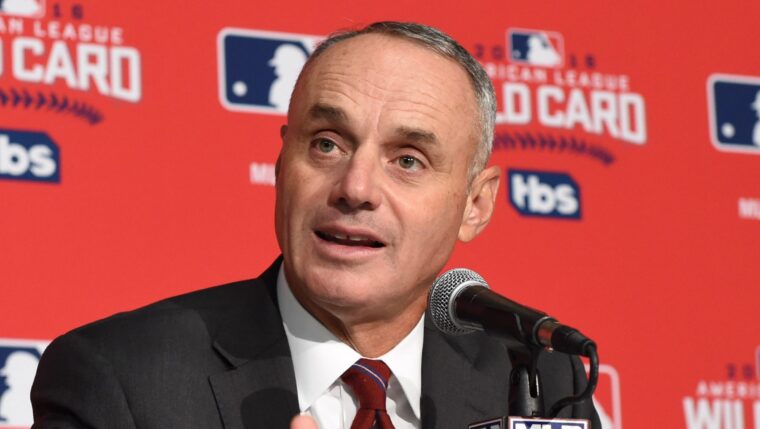
Major League Baseball is in its first “normal” operating season since 2019, with no attendance restrictions for any team. In 2020, no fans were permitted in ballparks, and in 2021, fans were allowed in limited capacities (for most teams) in the first two months. Citi Field and Yankee Stadium opened at 20% of capacity last season, the same as all of the California teams and both Chicago teams.
So far this season, according to an article in Forbes by Maury Brown using figures through June 13, MLB attendance is down five percent compared to the same period in 2019. Brown points out that if attendance for 2022 remains below that of 2019, it will be the eighth consecutive season (again removing 2020 and 2021) that baseball will see attendance decreases.
Taking a look at attendance for specific teams from ESPN.com, here are a couple of notable items (figures through June 30):
- The Dodgers lead all teams in home attendance with 1,875.725, for an average of 48,095 through 39 dates.
- The Mets are tenth in MLB home attendance, with 1, 132,883, averaging 31,468 through 36 home dates
- The Yankees are fourth overall, having drawn 1,538,848, averaging 37,532 over 41 home games
- The Athletics are last in attendance, 336,491 total fans for an average of 8,627 per game
Joining Oakland at the bottom of the attendance chart are the Cincinnati Reds (23rd), Baltimore Orioles (26th), and Pittsburgh Pirates (27th), Tampa Bay Rays (28th), and Miami Marlins (29th).
There are not many surprises in the above figures, as the teams that have chosen to invest are winning and drawing well, and the teams that are taking the frugal approach are seeing their fans stay away in droves. The Athletics shed most of their talent prior to this season, allowing Starling Marte and Mark Canha to sign with Mets, and trading Chris Bassitt to Flushing. Oakland also dealt Matt Olson to Atlanta and Matt Chapman to Toronto.
In the Forbes article cited above, Brown poses the following:
There are still stark realities in how the league continues to trend downward in paid attendance coming out of pandemic life. Some of it will be how society fully adjusts to the changes in life that occurred in 2020 and 2021. Some of it is a continued decline in attending games in person due to pace-of-play. The question might be, how long can the pandemic be seen as the reason attendance is declining, and how much of it is about the state of play? Maybe the 2023 season will ultimately answer that question.
The average length of a baseball game in 2022 is three hours, five minutes. This is down five minutes from 2021. The rule changes designed to shorten games (such as the three-batter rule for relief pitchers) have not had a measurable effect on game length. Now, MLB will target pace-of-play in 2023, with shift bans (intended to have more balls in play) and pitch clocks, with automated balls and strikes possibly slated for 2024.
Perhaps attendance is less of a concern to MLB owners with increasing revenue percentages coming from broadcast rights, both television (national and local) and streaming (Apple TV+ and Peacock-so far). Fan interest, however, will always be a revenue-driver, as ratings will dictate the value of broadcast deals.
Will the pace-of-play enhancements make a difference? Time will tell. However, in business, trends are always monitored. Eight consecutive years of declining attendance is not a good trend. This is not to suggest that baseball is “dying” as some say, rather to note that there is an opportunity to move the direction of the trend line. Whether it’s in-game action, prices, competitive balance, or a combination of these and likely more factors, an eight-year trend is not an anomaly and warrants attention and ultimately some type of intervention.















